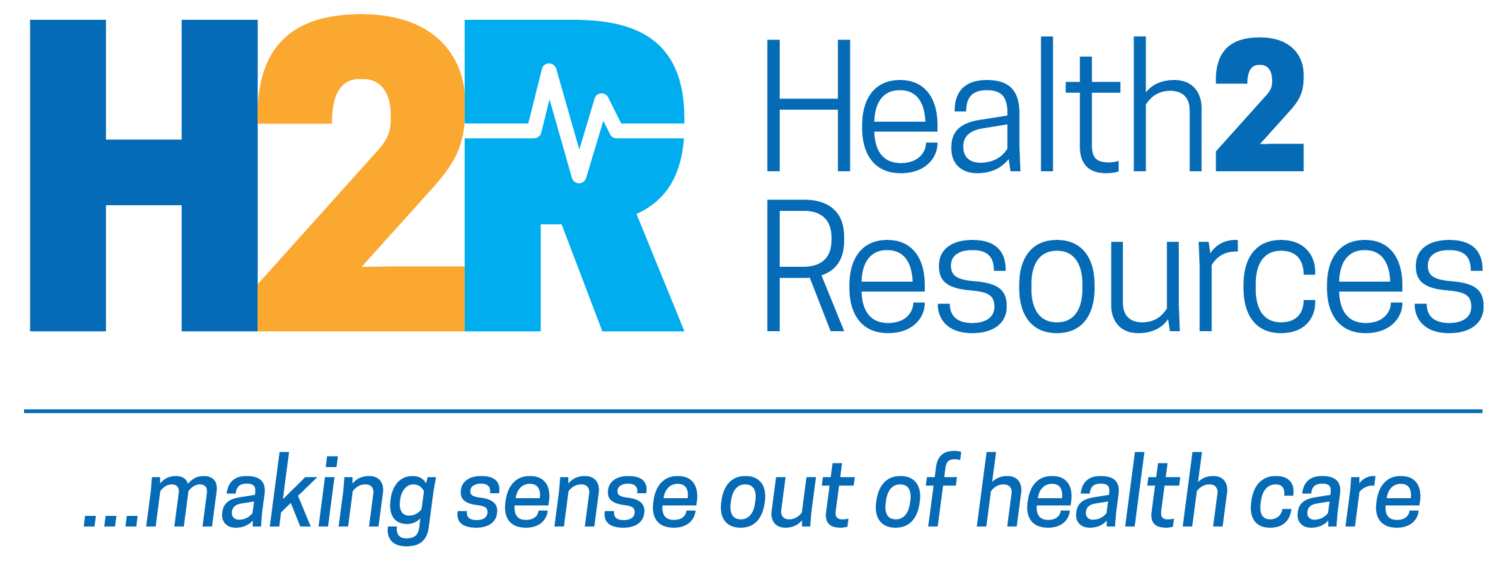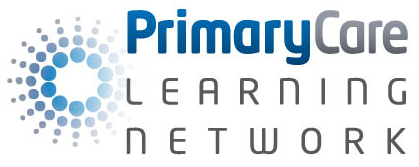April 15, 2022
INDUSTRY NEWS
Calculating the cost: NASHP’s new cost tool
The National Academy for State Health Policy (NASHP) has developed an interactive Hospital Cost Tool and accompanying resources. The tool provides anyone — especially policymakers to researchers — with insights into how much hospitals spend on patient care services. The tool also shows how those costs relate to both the hospital charges (list prices) and the actual prices paid by health plans. The site includes an explainer on how to use the tool. (NASHP; the tool)
Size doesn’t matter to cyberthugs
Ransomware is no longer a concern limited to major health systems. Regional hospitals and specialty clinics battling malicious cyberattacks as ransomware groups grow more opportunistic, STAT reports. Small providers — from pediatrics clinics to child abuse prevention nonprofits are being attacked. Such an attack can be devastating for a health system of any size and scary for anyone relying on its care. But for smaller hospitals and practices, the costs — both to patients and to the bottom line — can be especially steep. (STAT News)
HHS wants info on cybersecurity practices
HHS is seeking input into how health care organizations implement security practices for health information privacy; the insight will inform future rules and guidance. A 30-question information request issued last week also solicits feedback on how HHS should define "harm" that results from health privacy violations and how it should decide what types of incidents should result financial compensation to individuals whose information was compromised. (Modern Healthcare)
INNOVATION & TRANSFORMATION
GTMRx Leaders call for patient-centered primary care
GTMRx Executive Director Katherine H. Capps asked health care leaders involved with the Get the Medications Right Institute to share some of their “must haves” for the 2022 and beyond. Among the insights: Patients must be recognized as full participants in the care team, and they must be involved in developing their own care plan and medication plan. Another must-have: support for primary care, which currently accounts for only about 5% of US health care spending. Yet, primary care is the only area in health care where an increased supply is associated with better population health and more equitable outcomes. (Pharmacy Times)
Engaging rural patients with technology
Rural veterans who received tablets from the VA had more telehealth psychotherapy appointments and fewer suicide-related emergency department visits, according to a new study published last week. The tablets enabled veterans to receive more mental health care than they normally would have, and they had a lower likelihood of having an emergency department visit for any reason. “These findings suggest that the VA and other health systems should consider leveraging video-enabled tablets for improving access to mental health care via telehealth and for preventing suicides among rural residents,” researchers conclude. (Modern Healthcare; JAMA Network Open)
CONSUMERS & PROVIDERS
Report: Nursing crisis is as bad as we feared
A new national nursing workforce report from Wolters Kluwer confirms that the staffing situation is dire. Of the over 300 nurse leaders responding to the survey, 92% said that the nurse labor shortage will intensify in the coming 18 months. “[F]or decades, industry experts have been sounding the alarm on a nursing shortage. But challenges have transformed into a full-blown crisis,” according to the report. The report also states that “higher patient acuity, combined with fewer nurses at the bedside, has turned nurse–patient ratios upside down. (FierceHealthcare; report)
NEW & NOTED
Fixing the glitch — maybe: The Biden administration on Tuesday released a proposed rule to fix the ACA’s "family-glitch" — a rule that currently blocks millions of individuals who receive health care coverage through a family member's employer from qualifying for coverage assistance. But some argue that it’s up to Congress. (USA Today)
Better them than me? Research published in Social Science & Medicine found that white people surveyed in the United States in fall 2020 cared less and were even more likely to shun pandemic safety precautions after learning about the disproportionate ways it impacts Black communities and other communities of color. (NBC News)
Pulse oximeters not all that helpful: Asking COVID-19 patients to use a pulse oximeter at home to measure oxygen levels was no better than asking if they experienced shortness of breath in determining outcomes, according to new research in the New England Journal of Medicine. (CIDRAP)
MULTI-MEDIA
Again, US life expectancy drops
Despite the availability of COVID-19 vaccines, so many people died in the second year of the pandemic that US life expectancy dropped for a second year in a row last year. It’s now 76.6 years — the lowest in at least 25 years. Of note: Many of the deaths occurred in people in the prime of their lives. (NPR)
MARKETVOICES…QUOTES WORTH READING
“As far as I’m concerned, the worst-case scenario is developing a care plan without active patient participation and then presenting it to the patient as a fait accompli. We’re living the worst-case scenario.” — Elizabeth Helms, director of the Chronic Care Policy Alliance, and president and CEO of the California Chronic Care Coalition, quoted by Katherine H. Capps in Pharmacy Times


